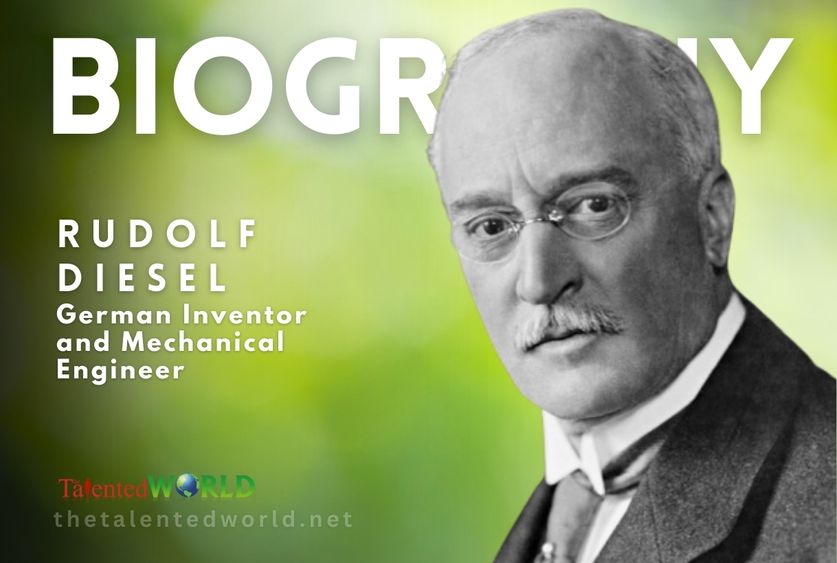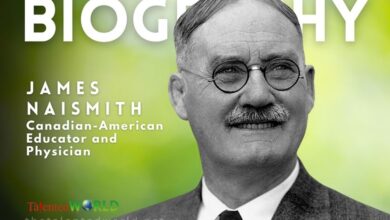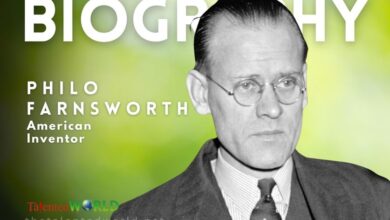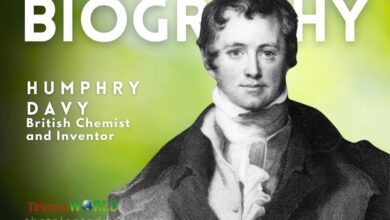| Full Name | Rudolf Christian Karl Diesel |
| Birth Date | March 18, 1858 |
| Birth Place | Paris, France |
| Death Date | September 29, 1913 |
| Age at Death | 55 |
| Death Place | English Channel |
| Resting Place | North Sea |
| Nationality | German |
| Other Names | Oscar Lintz |
| Alma Mater | Technical University of Munich |
| Occupations | Engineer, Inventor, Entrepreneur |
| Employers | Sulzer, Linde, MAN AG, Krupp |
| Known For | Inventing the diesel engine |
| Spouse | Martha Flasche (married in 1883) |
| Children | 3 |
| Awards | Elliott Cresson Medal (1901) |
| Early Residences | Paris, France; London, England; Augsburg, Germany |
| Education | Royal County Vocational College, Industrial School of Augsburg, Royal Bavarian Polytechnic of Munich |
| Early Career | Worked at Sulzer Brothers Machine Works and for Carl von Linde |
| Notable Inventions | Diesel engine |
| Key Publications | Theory and Construction of a Rational Heat-engine to Replace the Steam Engine and The Combustion Engines Known Today (1893) |
| Notable Events | Patent for diesel engine in 1892, significant injuries from engine testing explosions |






